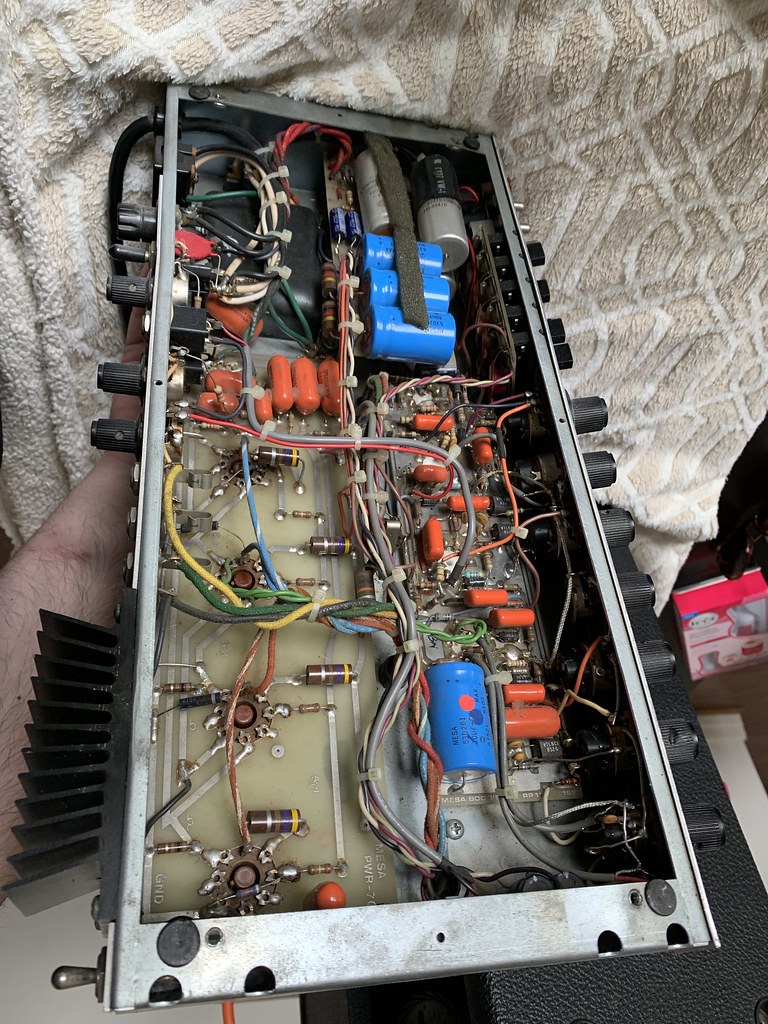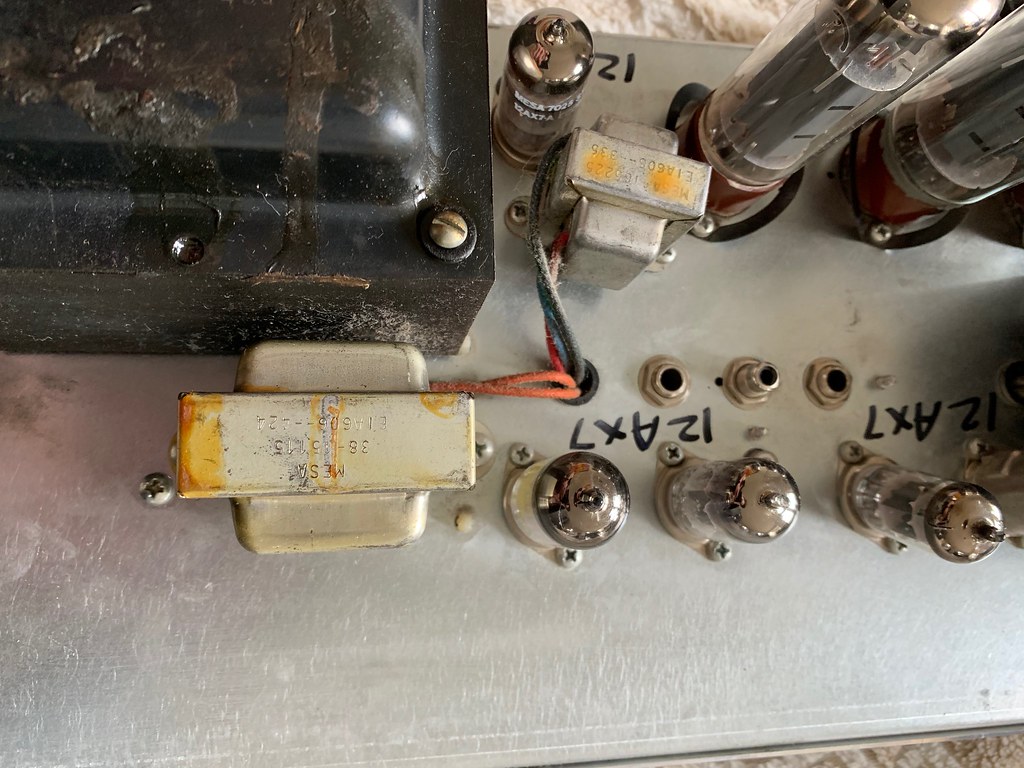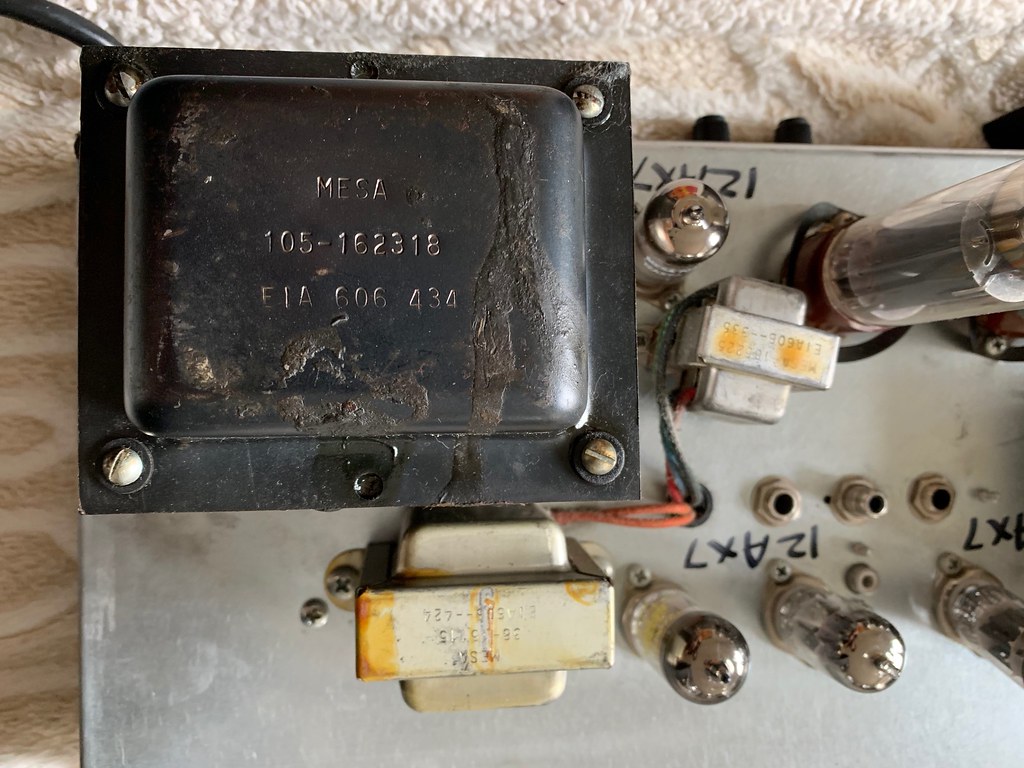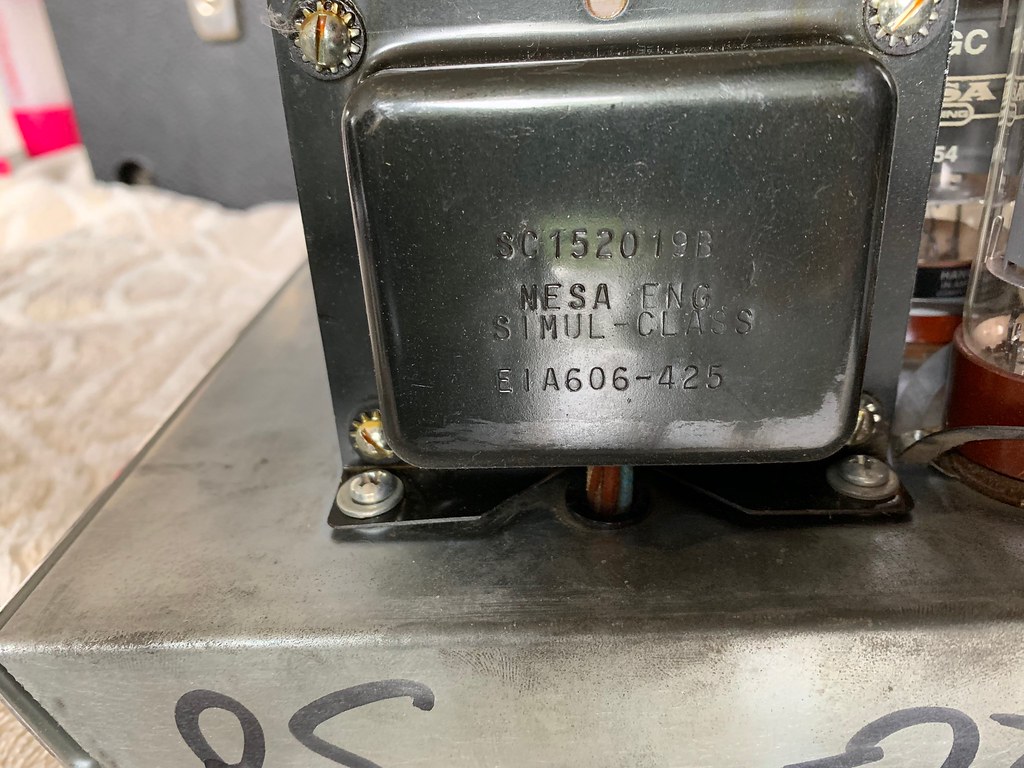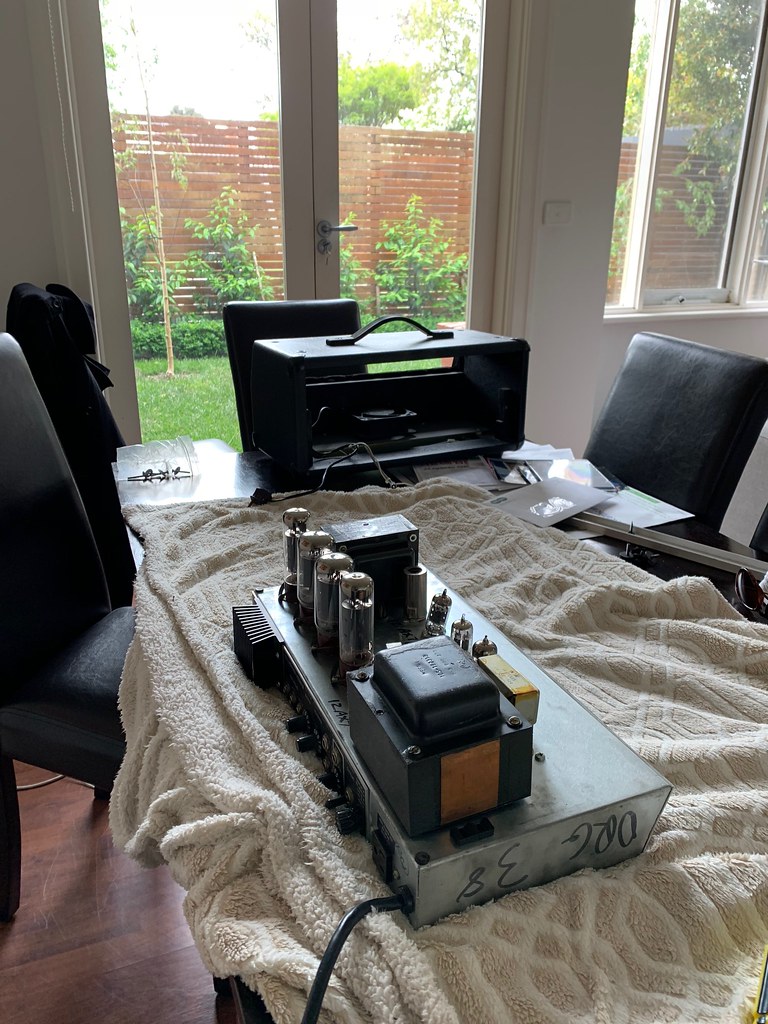Hi All
I took some photos of the internals of my c+ when I was transferring from combo to head. For any of the c+ experts out there, and / or boogie babies, is there any insight you could provide as to what I have?
Based on the serial number (mid 13,000s) and some of the internals I know its a 105PT DRG. Are you able to provide any more info for:
- Date? Given it says 38 from what I read this is 38th production week? Are there any other date indicators? I didn't see anything hand written on the board as mentioned on the guide for dummies
- Is there any evidence of mods?
- Tubes? I can see they are 2 6L6 and 2 34s but can't quite make out any branding if any. Do these fade over time?
https://flic.kr/s/aHsmspmz2N
Thanks in advance for any help! Best amp I've ever played, hands down.
I took some photos of the internals of my c+ when I was transferring from combo to head. For any of the c+ experts out there, and / or boogie babies, is there any insight you could provide as to what I have?
Based on the serial number (mid 13,000s) and some of the internals I know its a 105PT DRG. Are you able to provide any more info for:
- Date? Given it says 38 from what I read this is 38th production week? Are there any other date indicators? I didn't see anything hand written on the board as mentioned on the guide for dummies
- Is there any evidence of mods?
- Tubes? I can see they are 2 6L6 and 2 34s but can't quite make out any branding if any. Do these fade over time?
https://flic.kr/s/aHsmspmz2N
Thanks in advance for any help! Best amp I've ever played, hands down.




